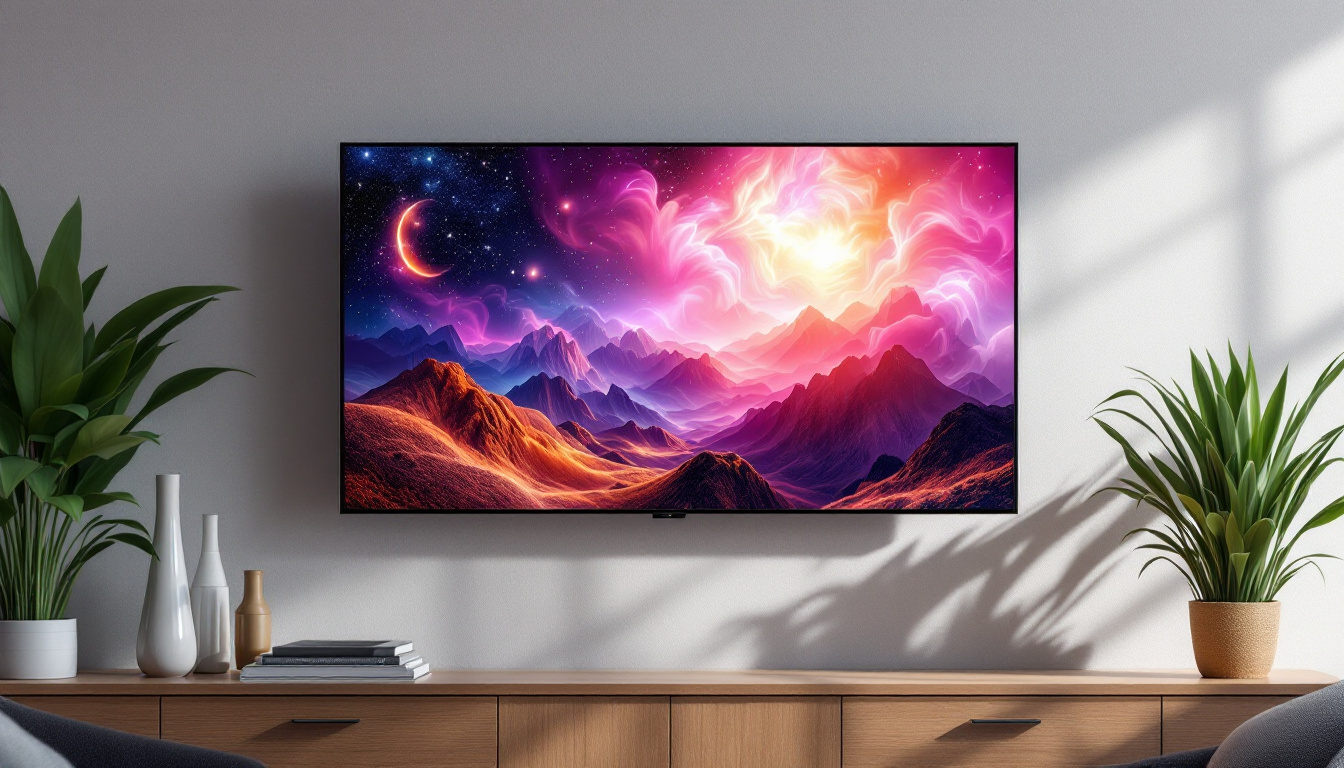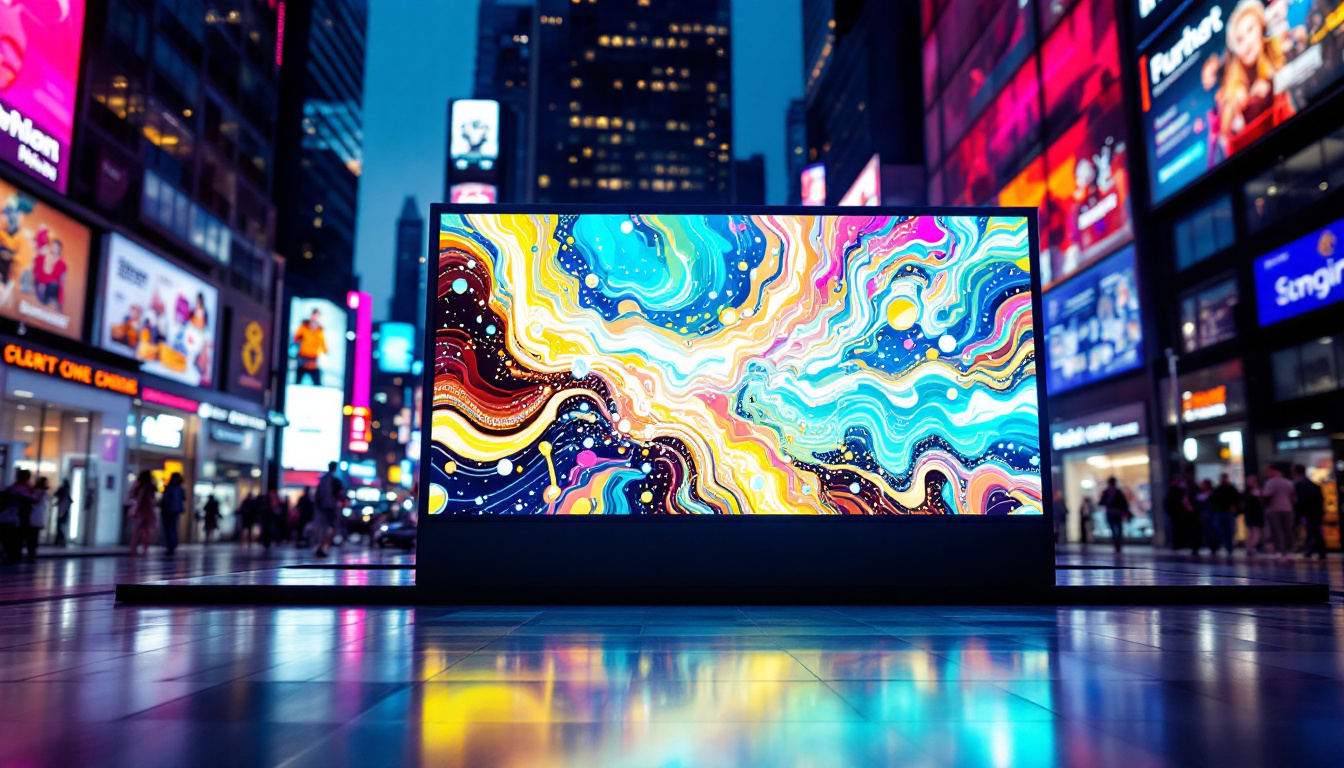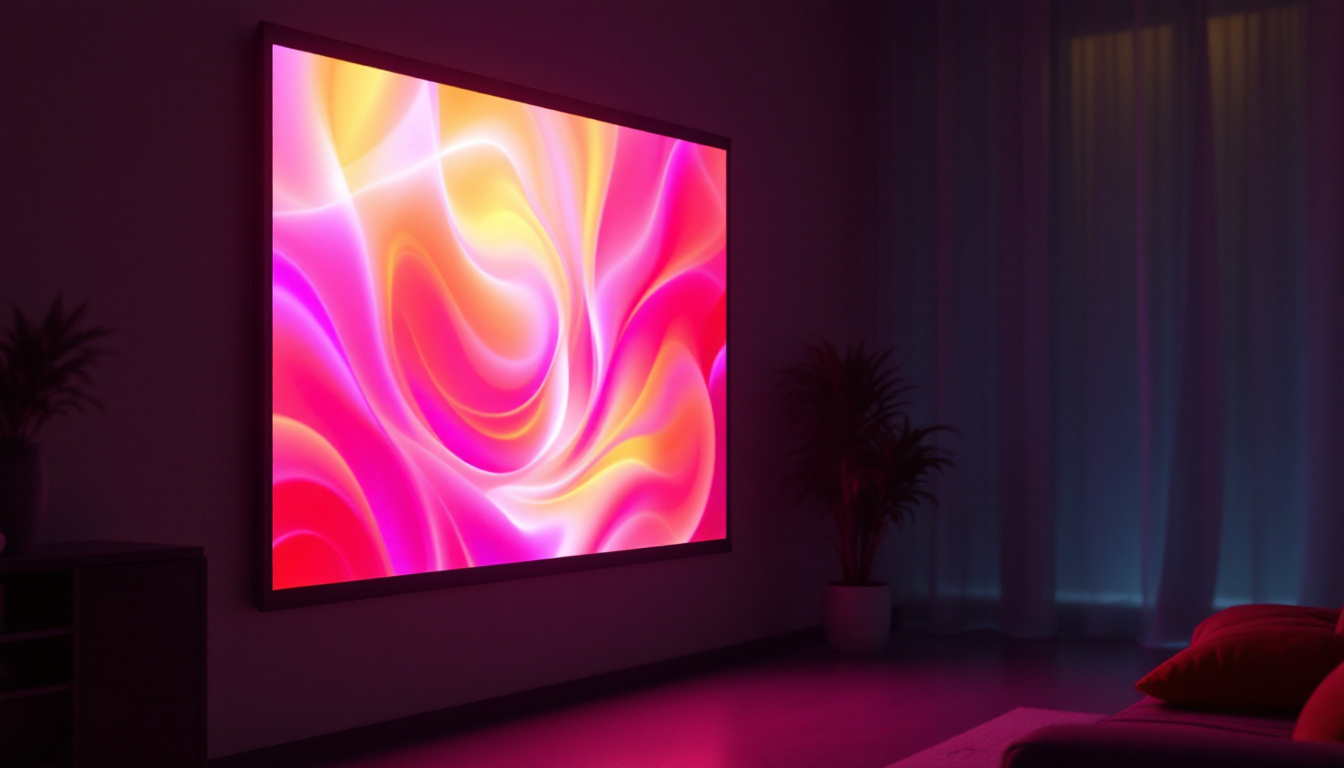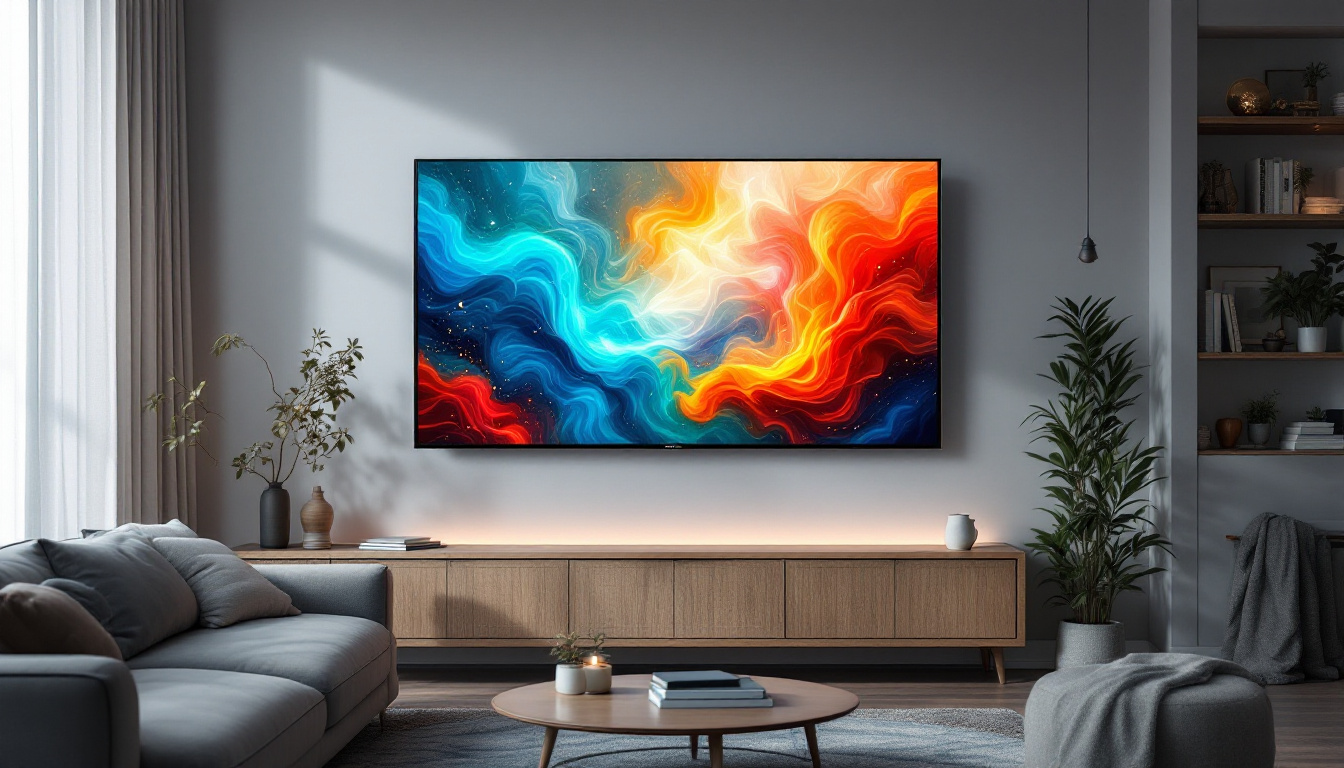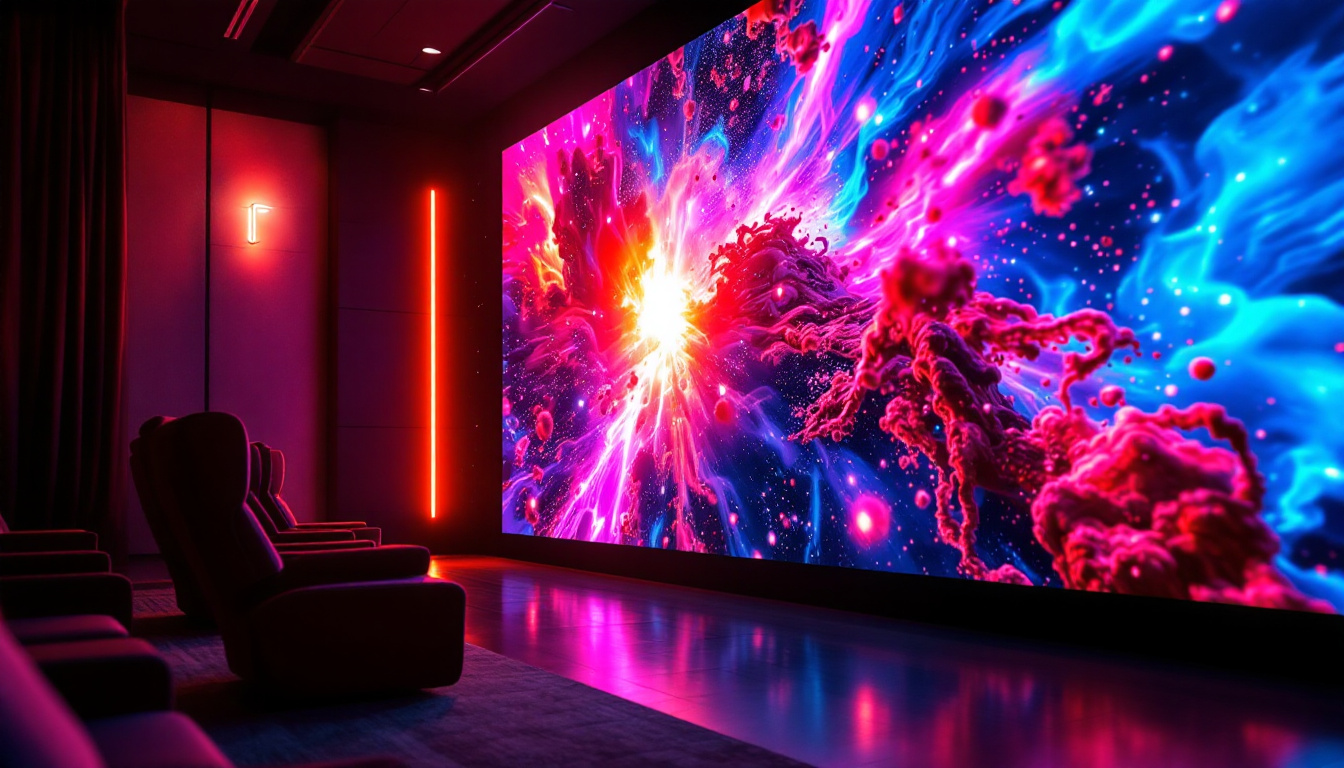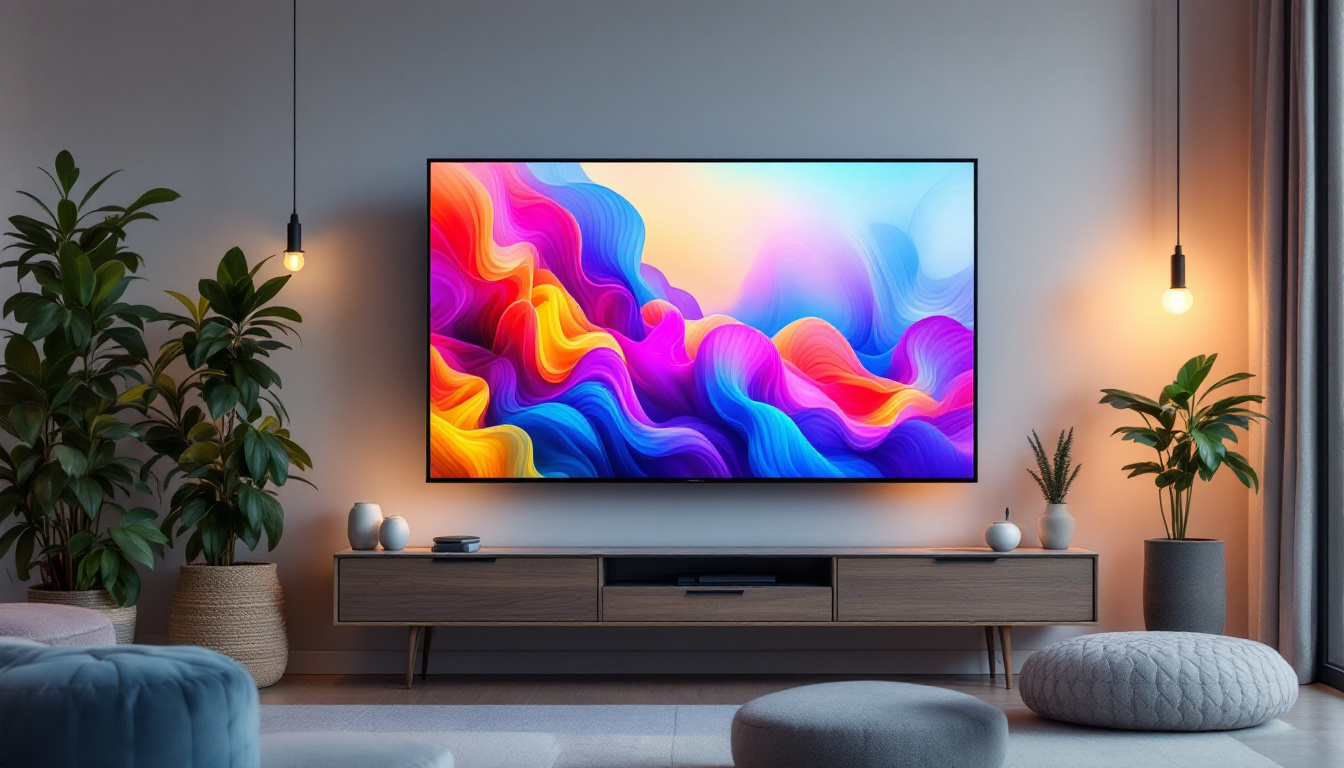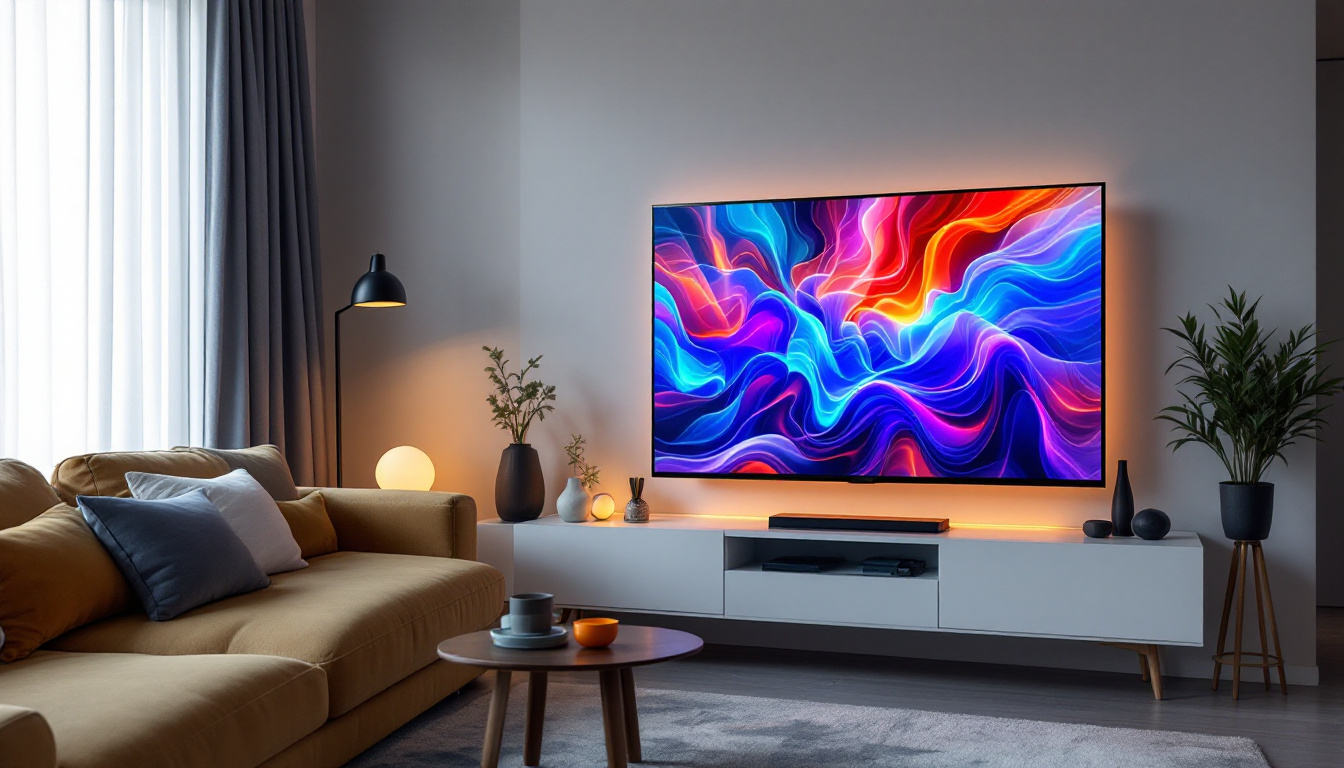Case With LCD Screen: LED Display Explained
In an era where technology is advancing at an unprecedented pace, understanding the various display technologies is crucial for consumers and professionals alike. This article delves into the intricacies of LCD (Liquid Crystal Display) screens and LED (Light Emitting Diode) displays, particularly in the context of cases that incorporate these technologies. By exploring their functionalities, advantages, and applications, readers will gain a comprehensive understanding of how these displays work and their relevance in today’s digital landscape.
Understanding LCD Technology
What is an LCD Screen?
LCD screens are flat-panel displays that utilize liquid crystals to produce images. These screens are widely used in televisions, computer monitors, and portable devices due to their thin profile and energy efficiency. The core principle behind LCD technology involves manipulating light to create images. This is achieved by placing liquid crystals between two layers of glass or plastic, which can be aligned to either block or allow light to pass through.
When an electric current is applied, the liquid crystals change their alignment, thereby controlling the amount of light that can pass through. This process is complemented by a backlight, typically made of fluorescent or LED lights, which illuminates the screen from behind. The combination of these elements results in vibrant images and sharp text, making LCDs a popular choice for various applications.
Advantages of LCD Displays
One of the primary advantages of LCD displays is their energy efficiency. Compared to older technologies like CRT (Cathode Ray Tube), LCDs consume significantly less power, making them more environmentally friendly and cost-effective in the long run. Additionally, LCD screens are lightweight and slim, allowing for sleek designs in modern devices.
Another notable benefit is the clarity and sharpness of images. LCD technology provides excellent resolution and color accuracy, making it suitable for tasks that require precise visual representation, such as graphic design and video editing. Furthermore, LCDs have a longer lifespan than many other display technologies, ensuring that users can enjoy their devices for years without significant degradation in quality.
Exploring LED Technology
What is an LED Display?
LED displays are a type of flat-panel display that utilizes light-emitting diodes as a source of illumination. Unlike traditional LCDs that rely on fluorescent backlighting, LED displays can use either edge-lit or full-array backlighting techniques. This innovation allows for greater control over brightness and contrast, resulting in more dynamic images.
LED technology can be categorized into two primary types: OLED (Organic Light Emitting Diode) and traditional LED. OLED displays feature individual pixels that emit their own light, allowing for true blacks and vibrant colors. In contrast, traditional LED displays still rely on a backlight but improve upon the color and brightness capabilities of standard LCDs.
Benefits of LED Displays
One of the most significant advantages of LED displays is their superior brightness and contrast ratios. This makes them ideal for use in brightly lit environments, where traditional LCDs may struggle to deliver clear images. Additionally, LED displays are known for their energy efficiency, consuming less power than their LCD counterparts while producing brighter images.
Moreover, LED technology offers a wider color gamut, allowing for more accurate color reproduction. This is particularly beneficial for professionals in fields such as photography and video production, where color accuracy is paramount. The durability of LED displays is another noteworthy feature; they are less prone to damage and can withstand harsher conditions compared to traditional LCD screens.
Comparison Between LCD and LED Displays
Image Quality
When comparing image quality, LED displays often have the upper hand due to their ability to produce deeper blacks and more vibrant colors. The individual pixel illumination in OLED technology, for instance, allows for exceptional contrast ratios that are difficult to achieve with standard LCDs. However, high-quality LCDs can still deliver impressive visuals, especially with advancements in technology.
In terms of resolution, both LCD and LED displays can support high-definition formats, but the actual performance may vary based on the specific model and technology used. It’s essential for consumers to consider their specific needs and preferences when choosing between these two display types.
Energy Efficiency
Energy efficiency is a critical factor for many consumers, especially those concerned about environmental impact and electricity costs. Generally, LED displays are more energy-efficient than traditional LCDs, particularly when it comes to brightness levels. The ability to control individual pixels in OLED technology further enhances energy savings, as darker images require less power.
However, it’s worth noting that not all LED displays are created equal. Some may still use older technologies that do not maximize energy efficiency. Therefore, consumers should look for models that highlight their energy-saving capabilities.
Cost Considerations
Cost is often a deciding factor when choosing between LCD and LED displays. Typically, LED displays, particularly those utilizing OLED technology, tend to be more expensive than standard LCDs. This price difference can be attributed to the advanced technology and manufacturing processes involved in producing LED screens.
While the initial investment for an LED display may be higher, the long-term benefits, such as energy savings and durability, can offset the upfront costs. Consumers should weigh their budget against their specific needs to determine the best option for their situation.
Applications of LCD and LED Displays
Consumer Electronics
Both LCD and LED displays are ubiquitous in consumer electronics, including televisions, smartphones, and laptops. LCD technology has been a staple in these devices for years, but the shift toward LED displays is becoming more pronounced. Many modern televisions now feature LED backlighting, providing consumers with enhanced picture quality and energy efficiency.
In smartphones and tablets, LCD and LED technologies are used to create vibrant and responsive touchscreens. The choice between the two often depends on the manufacturer’s design goals and target audience. High-end devices typically favor OLED technology for its superior image quality, while mid-range options may still utilize LCD screens.
Commercial Use
In commercial settings, both display types serve various purposes, from digital signage to advertising displays. LED displays are particularly popular in this arena due to their brightness and visibility in outdoor environments. Retailers often use LED screens to showcase promotions and attract customers, taking advantage of their vibrant colors and dynamic content capabilities.
On the other hand, LCD displays are commonly used in conference rooms and office environments for presentations and video conferencing. Their clarity and energy efficiency make them suitable for prolonged use in professional settings.
Healthcare and Medical Applications
In the healthcare sector, both LCD and LED displays play vital roles. LCD screens are often used in medical imaging devices, such as ultrasound machines and MRI scanners, where clarity and color accuracy are crucial for diagnosis. The lightweight and compact nature of LCD technology also makes it suitable for portable medical devices.
LED displays, particularly those utilizing OLED technology, are increasingly being integrated into surgical displays and diagnostic equipment. Their ability to provide high contrast and accurate color reproduction is essential for medical professionals who rely on precise imaging for patient care.
Future Trends in Display Technology
Advancements in OLED Technology
The future of display technology is undoubtedly exciting, with OLED technology at the forefront of innovation. As manufacturers continue to improve OLED production techniques, consumers can expect to see even larger screens with enhanced resolution and color accuracy. Flexible OLED displays are also on the horizon, opening up new possibilities for wearable technology and innovative device designs.
Moreover, advancements in microLED technology are being explored, which promises to combine the best features of LCD and LED displays. This technology could lead to displays that are brighter, more energy-efficient, and capable of producing stunning visuals without the drawbacks associated with current technologies.
Integration with Smart Technology
As smart technology becomes more prevalent, the integration of displays with IoT (Internet of Things) devices is expected to grow. Smart home systems, for instance, may utilize LCD and LED displays for user interfaces, providing seamless interaction and control over various devices. This trend will likely lead to more intuitive and user-friendly experiences for consumers.
Additionally, augmented reality (AR) and virtual reality (VR) applications will continue to push the boundaries of display technology. The demand for high-resolution, immersive displays in these fields will drive further research and development, resulting in innovative solutions that enhance user engagement.
Sustainability and Eco-Friendly Displays
With increasing awareness of environmental issues, the display industry is focusing on sustainability. Manufacturers are exploring eco-friendly materials and production processes to reduce waste and energy consumption. This shift towards greener practices is likely to shape the future of display technology, making it more sustainable and responsible.
As consumers become more conscious of their environmental impact, the demand for energy-efficient and recyclable displays will continue to rise. This trend may lead to the development of new materials and technologies that prioritize sustainability without compromising performance.
Conclusion
In conclusion, understanding the differences between LCD and LED displays is essential for making informed decisions in today’s technology-driven world. Both display types have their unique advantages and applications, catering to various needs across consumer electronics, commercial use, and healthcare.
As technology continues to evolve, the future of displays promises exciting advancements, particularly in the realms of OLED and microLED technologies. With a strong focus on sustainability and integration with smart technology, the display industry is poised for significant growth and innovation.
Ultimately, whether choosing an LCD or LED display, consumers should consider their specific requirements, budget, and the intended application to ensure they select the best option for their needs. With the right information and understanding, navigating the world of display technology can be an enlightening and rewarding experience.
Discover Cutting-Edge LED Displays with LumenMatrix
Ready to experience the future of display technology? LumenMatrix, a pioneer in LED display innovation, invites you to explore our comprehensive range of LED display solutions. From captivating Indoor and Outdoor LED Wall Displays to dynamic Vehicle and Sports LED Displays, our products are designed to elevate your brand’s visibility and engage your audience like never before. Embrace the power of visual communication with our Custom, All-in-One, and Transparent LED Displays. Check out LumenMatrix LED Display Solutions today and transform your message into an unforgettable visual experience.







